Bloodsuckers! Michigan Ticks and Larvae, In Photos
Collecting ticks
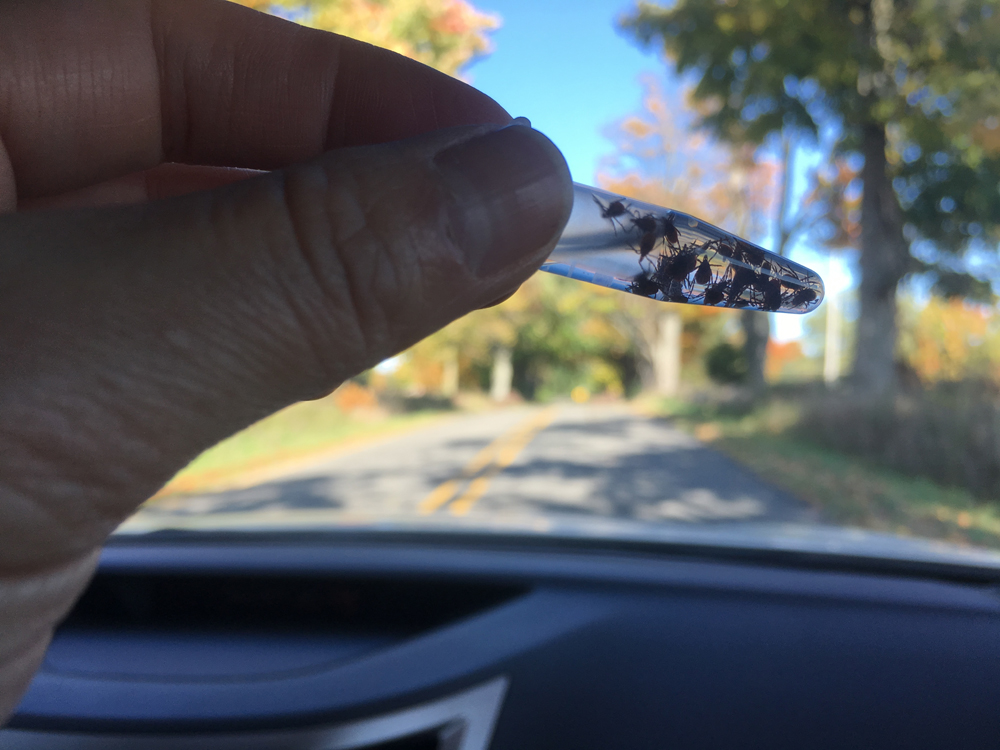
Jean Tsao, an associate professor with the Department of Fisheries and Wildlife at Michigan State University, launched a study to correlate the transmission of Lyme disease to humans with the location of where the transmission occurred. Previously, health agency records noted the home address of the person infected with Lyme, and not where they might have been bitten by an infected tick.
"Clean" larvae
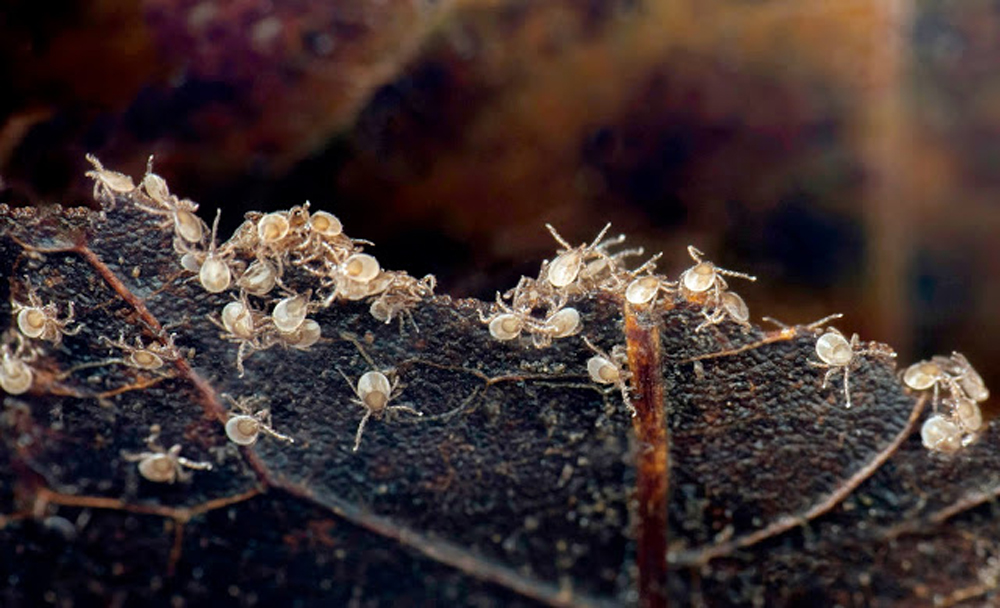
Blacklegged tick larvae are born uninfected with Lyme disease, and contract it when they feed on animal infected with Borrelia burgdorferi bacteria, which causes the disease.
Nature's protection
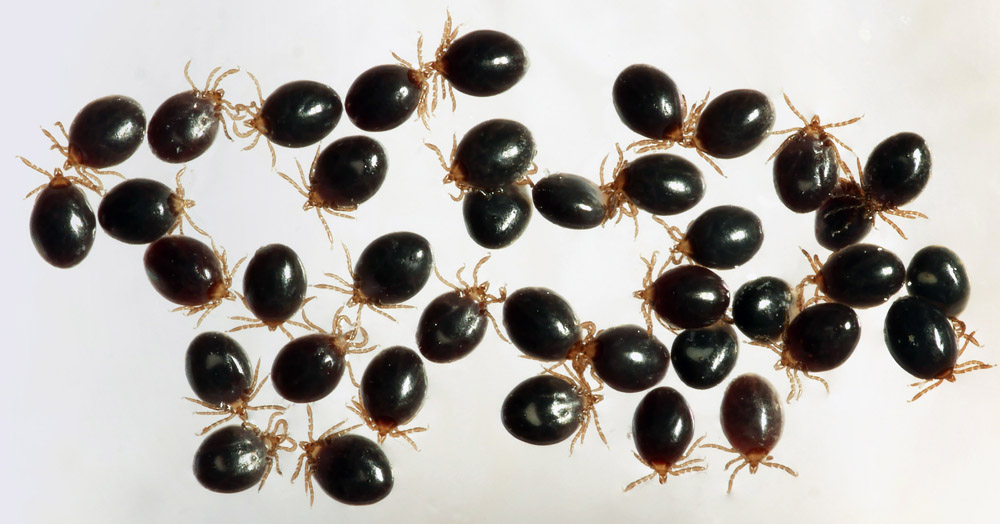
Female ticks, seen here engorged after a blood meal, are unable to pass the Borrelia burgdorferi bacteria to their offspring.
Larvae abound
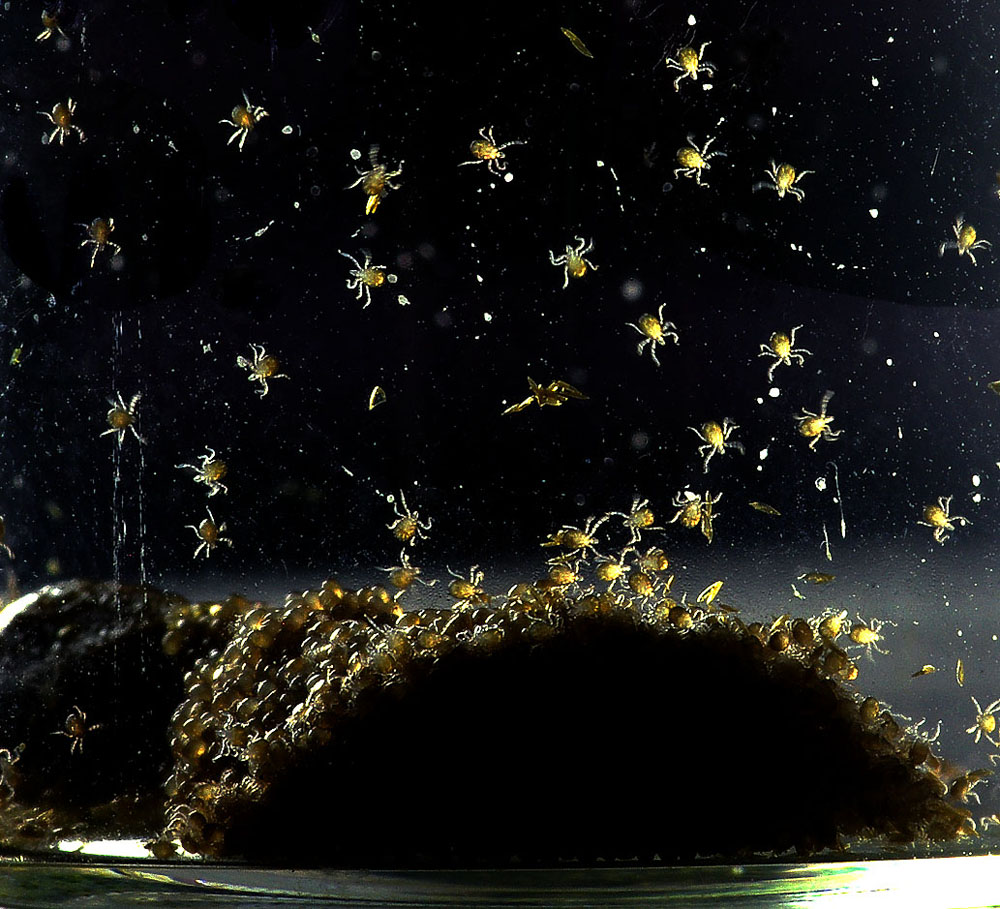
Blacklegged tick larvae contract Lyme disease when they feed on an infected host animal, such as a deer or mouse.
Sensing something
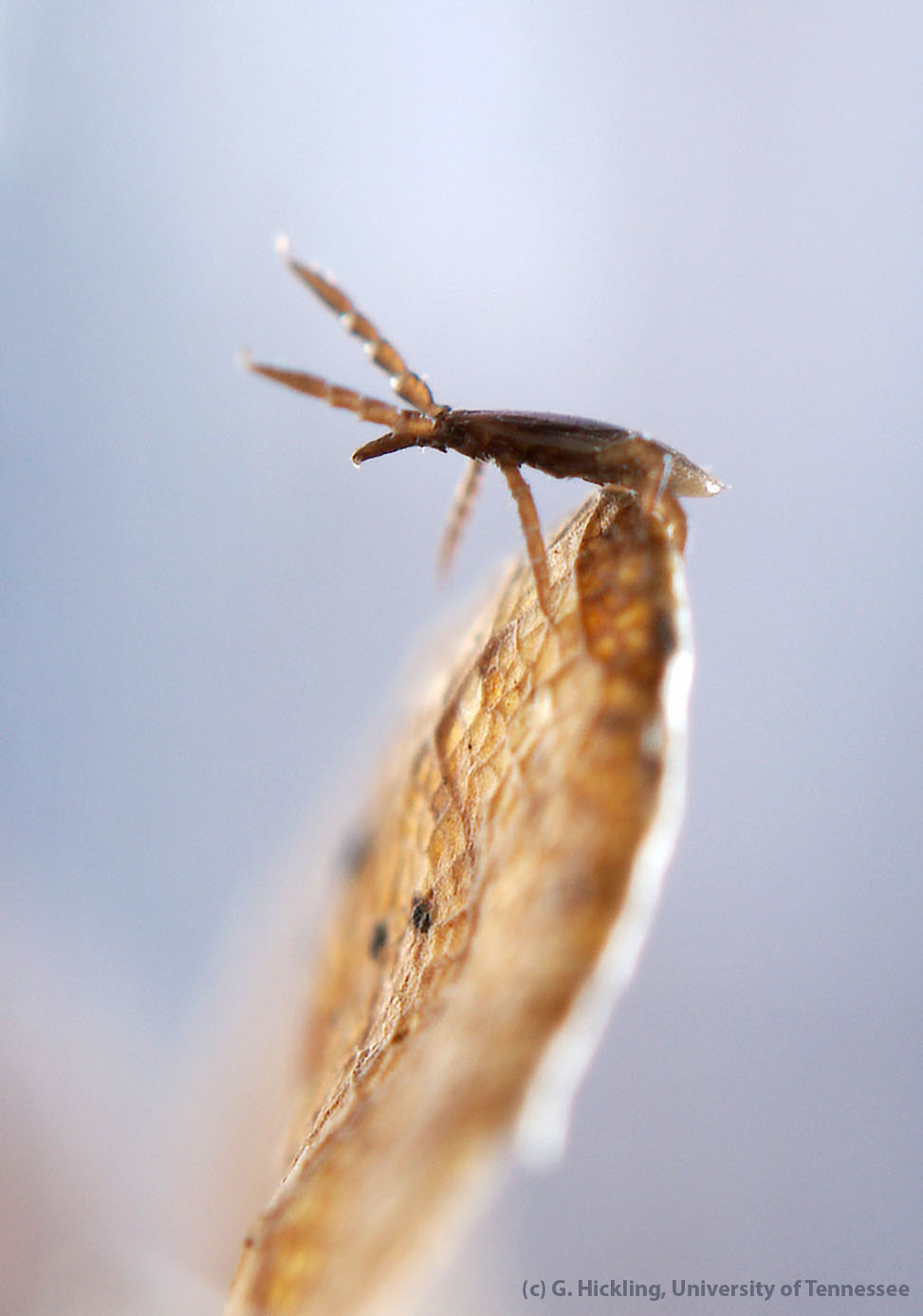
The study in Michigan revealed that Lyme disease can be found in roughly 40 percent of the state's adult blacklegged ticks, and in about 25 percent of the nymphs — the life stage between larva and adult.
Tiny creature
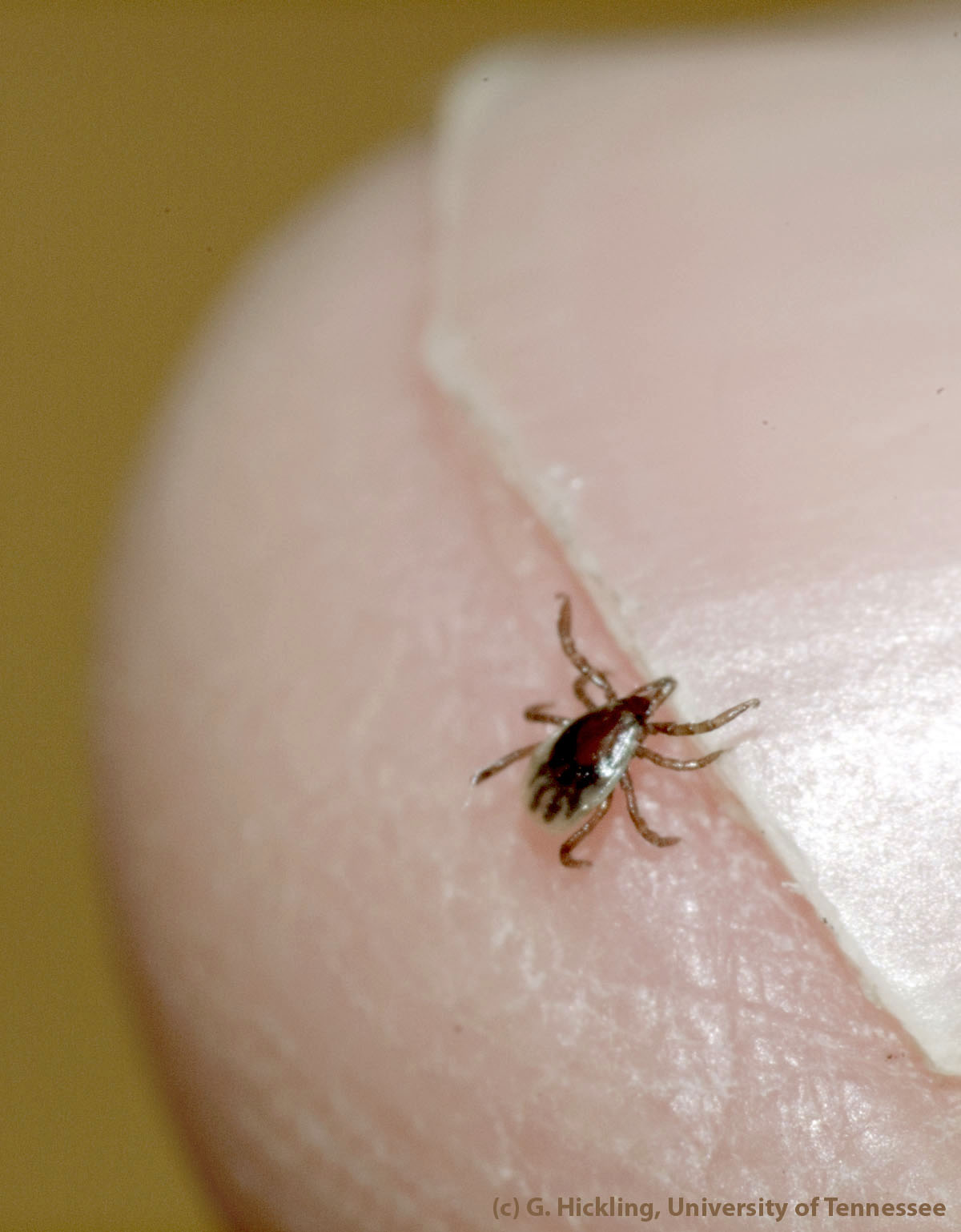
Once blacklegged tick larvae consume a blood meal from a host infected with Lyme, they retain the bacteria when they molt and become infected nymphs.
Focusing the research
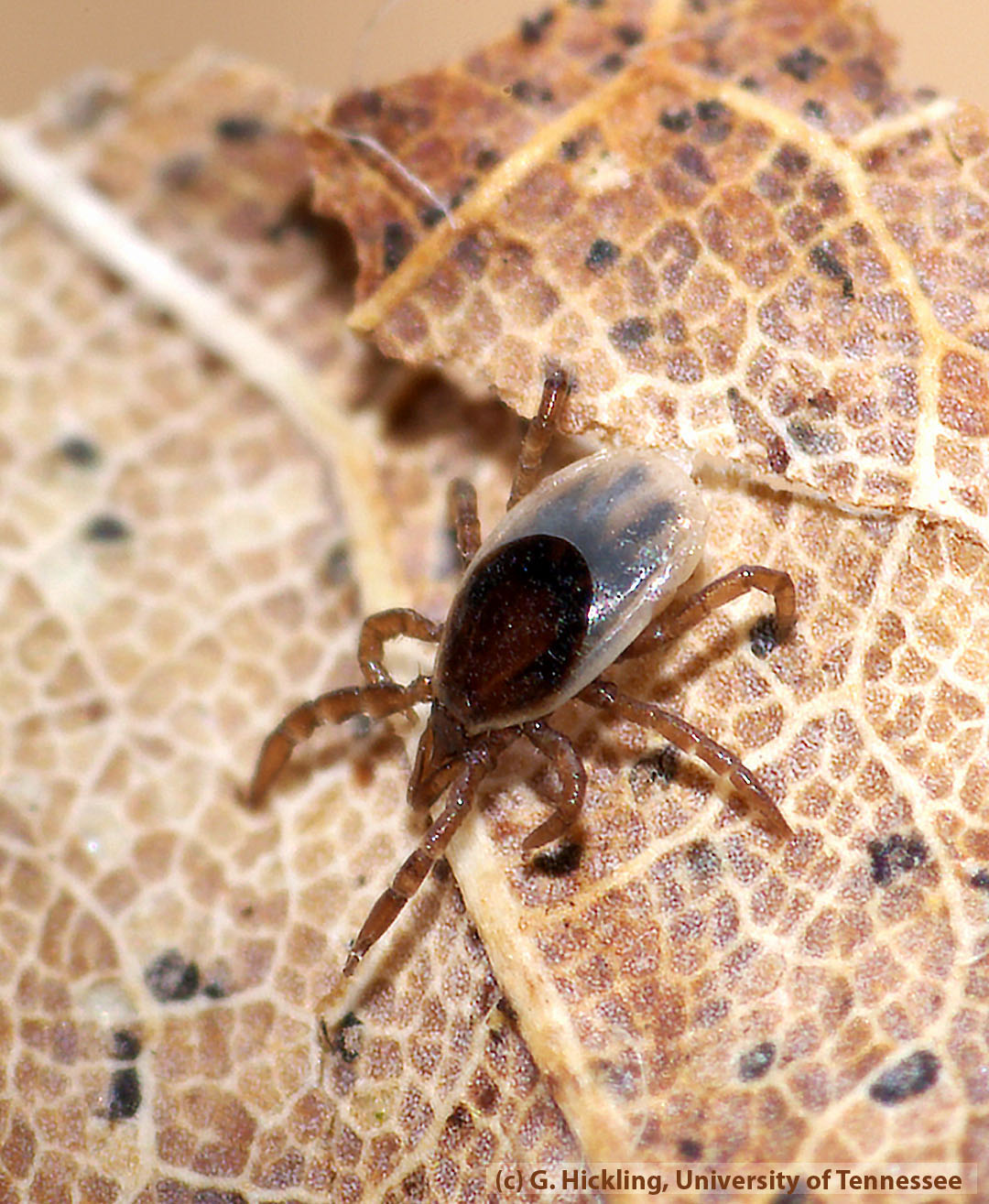
The study authors suspected that tick nymphs were extremely important for tracking the spread of disease, because there are more of them and they are more difficult to locate.
Sign up for the Live Science daily newsletter now
Get the world’s most fascinating discoveries delivered straight to your inbox.
Unexpected numbers
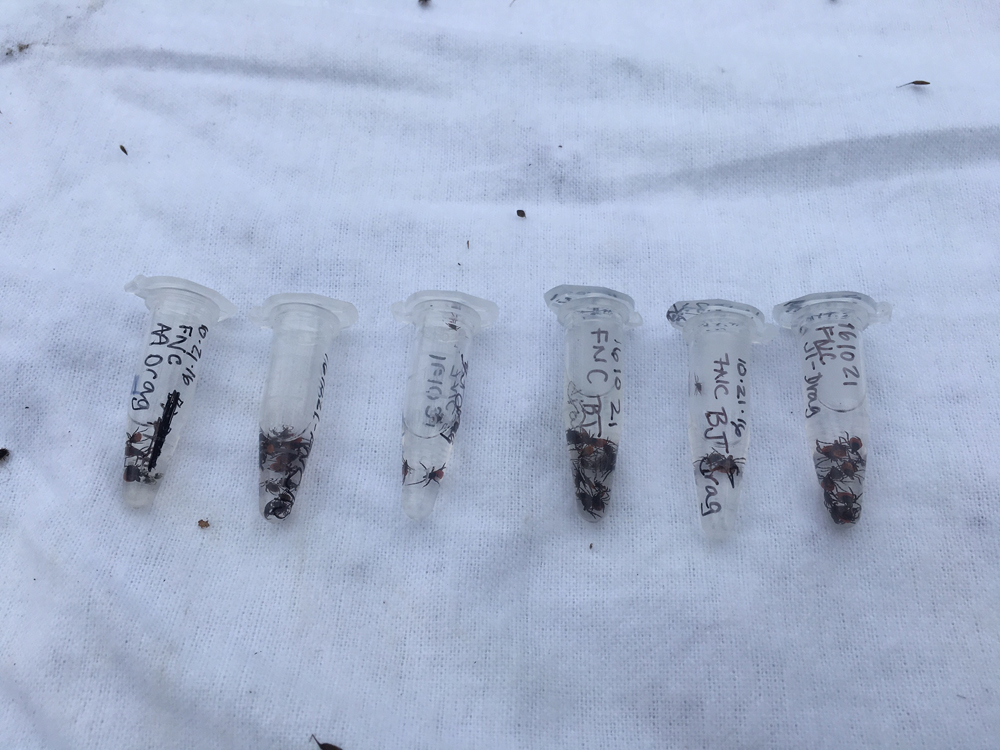
Research conducted by Jean Tsao indicates that blacklegged ticks are more widespread in Michigan than ever before.
The progression
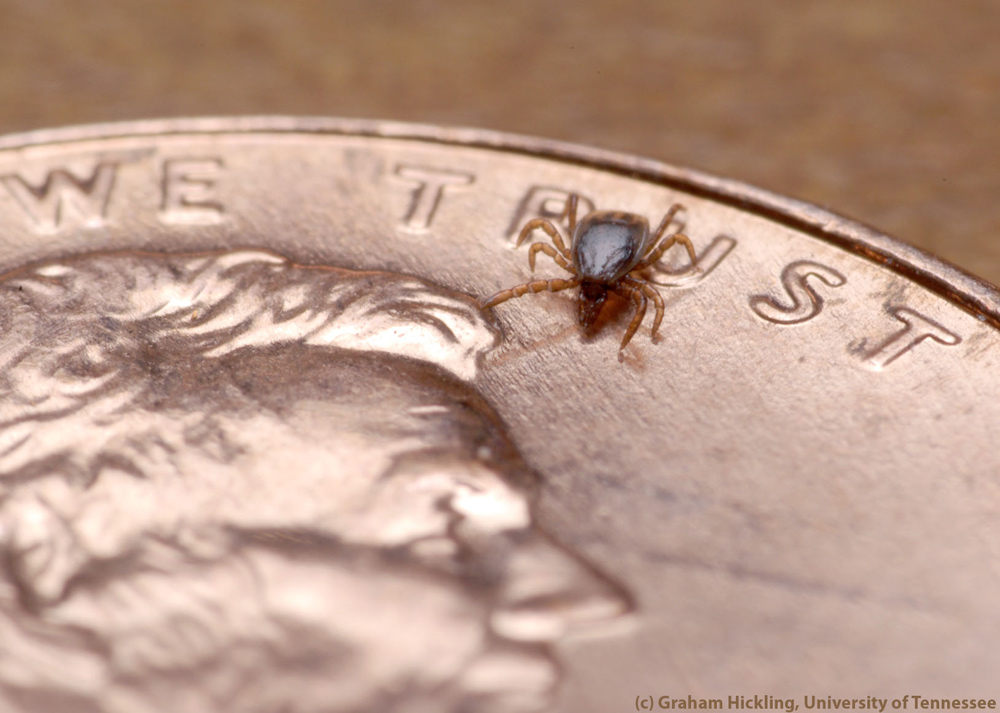
An adult blacklegged tick that carries Lyme disease became infected as a larvae or as a nymph.
Here a tick, there a tick
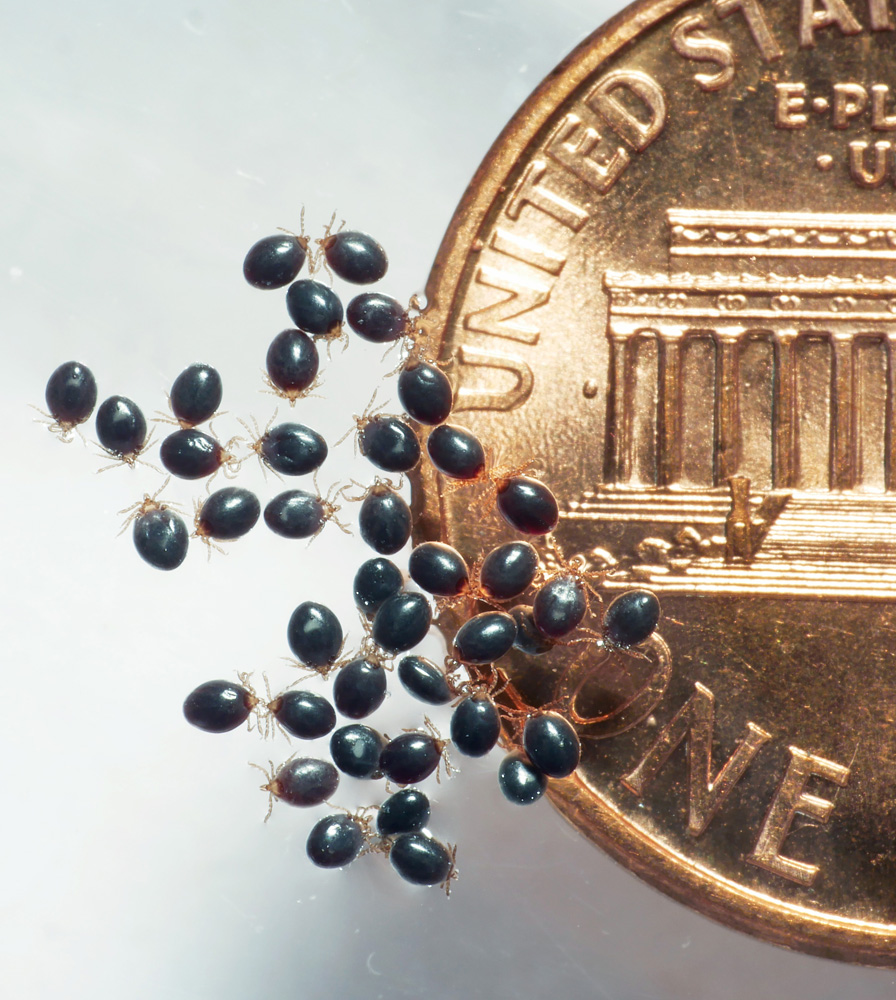
Adult blacklegged ticks can contract the pathogen if they consume infected blood from a host, but females cannot pass Lyme disease to the next generation, when they lay their eggs.
The man
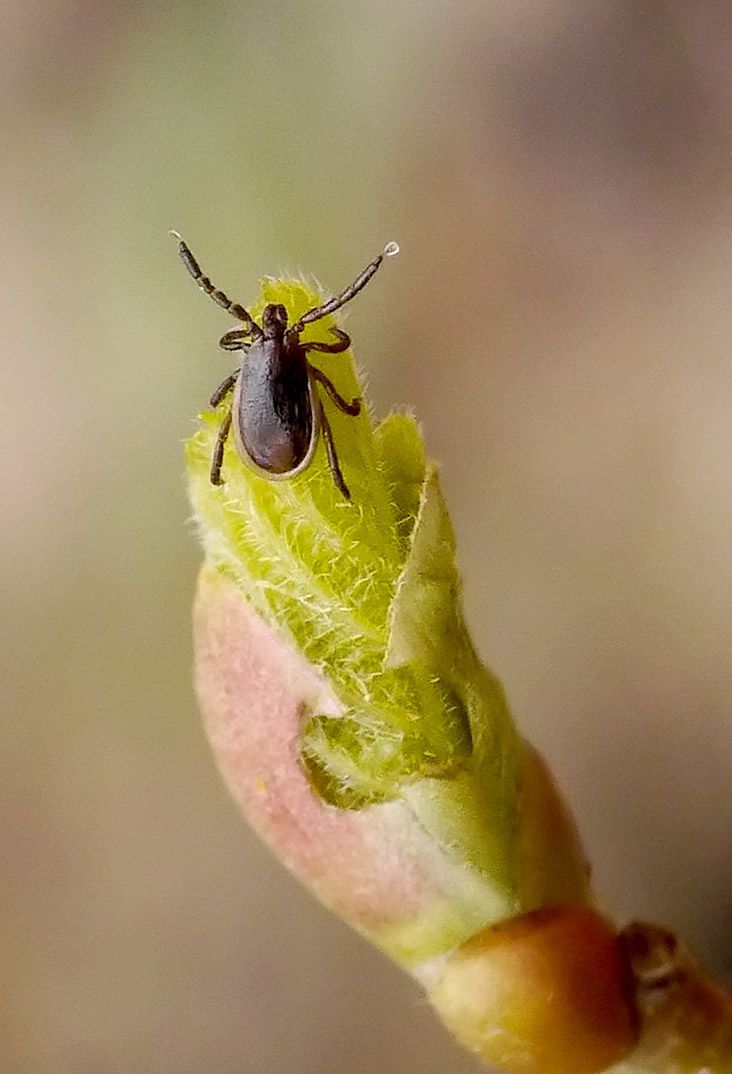
Male blacklegged ticks are not a concern for Lyme disease transmission because they don't feed as adults.









